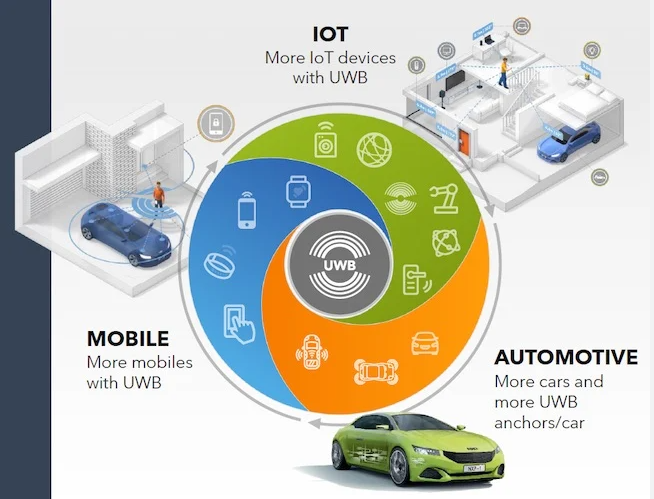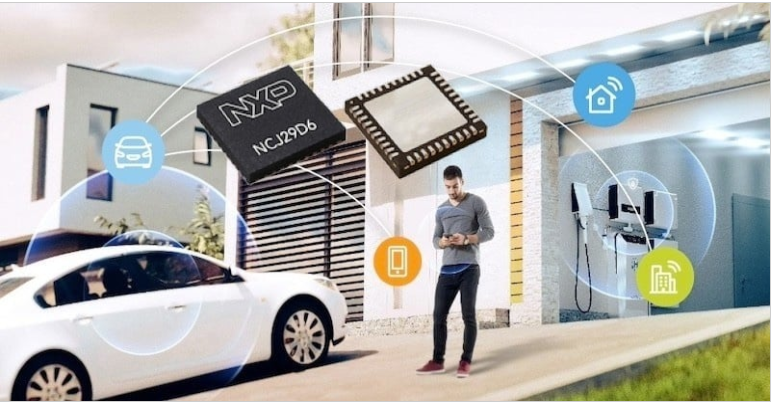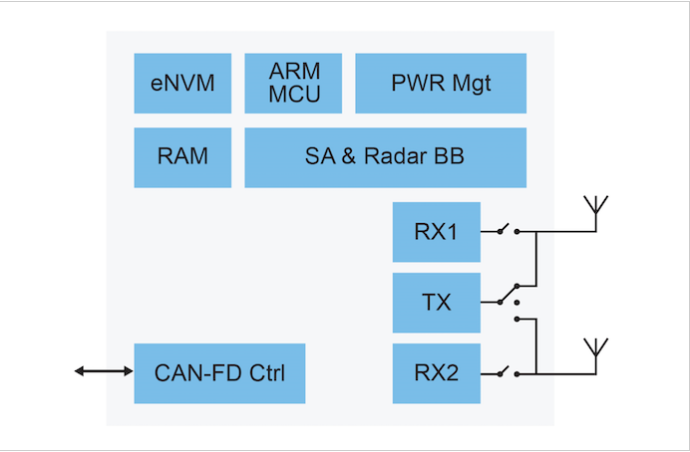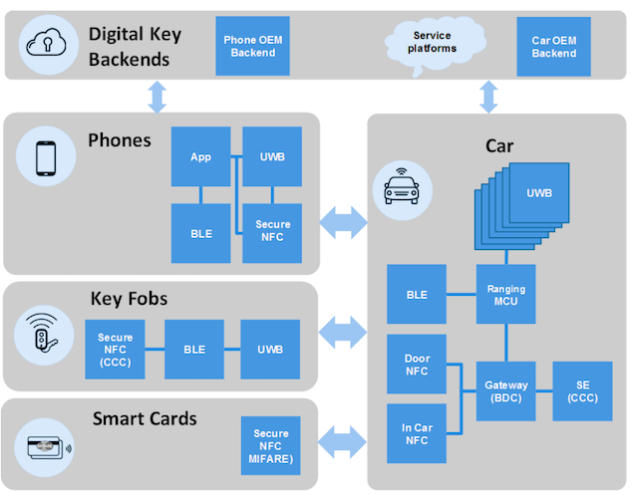12月 05, 2023
730

NXP Semiconductors has introduced a groundbreaking family of integrated circuits (ICs) designed for the automotive industry, known as Trimension NCJ29D6 solutions. These ICs leverage ultra-wideband (UWB) technology to provide real-time localization with short-range radar capabilities, supporting various use cases in the automotive sector, including secure car access, child presence detection, intrusion alerts, and gesture recognition. The incorporation of UWB complements existing support for Bluetooth Low Energy (BLE) and near-field communications (NFC) in NXP's automotive IC range.

The Trimension NCJ29D6 product line includes two key offerings. The NCJ29D6B, a single-chip solution, ensures precise real-time localization for secure car access, boasting enhanced system performance, reduced costs, and heightened security. Its counterpart, the pin-to-pin compatible Trimension NCJ29D6A, represents the first monolithic UWB chip for automotive markets, integrating secure localization, short-range radar, and a microcontroller unit (MCU). This integration allows automotive manufacturers to deploy a single UWB system for multiple use cases.
UWB, based on the IEEE 802.15.4 standard, facilitates granular low-power short-range positioning in three-dimensional space, offering high precision at distances up to 10 centimeters and a range of about 200 meters. This technology has evolved from high data-rate communications to an impulse-based radar-imaging tech, providing capabilities such as 'see-through-walls' imaging.

NXP anticipates that the Trimension UWB radar and ranging solutions will be adopted by automotive manufacturers by 2025. The NCJ29D6B facilitates enhanced secure car access, enabling hands-free entry through a digital key on a UWB-enabled mobile phone. With improved RF sensitivity and dual operating receiver chains, it supports antenna diversity and angle of arrival concepts, detecting subtle changes in distance or movement direction of other UWB-enabled devices.
The dual NCJ29D6A solution integrates UWB location and ranging features within a single chip, housing an integrated MCU. This flexibility allows OEMs to transform a single UWB-based system into a versatile platform supporting multiple use cases, from secure car access to in-cabin sensing, kick sensors, and smart gesture recognition.

Markus Staeblein, Senior Vice President and General Manager for Secure Car Access at NXP, emphasized the transformative potential of UWB in enhancing the consumer automotive experience. He highlighted the collaborative efforts within standardization bodies like the Car Connectivity Consortium (CCC) and the FiRa Consortium, where NXP plays a pivotal role in advancing UWB as an essential component of the automotive ecosystem.
NXP, a founding member of the FiRa Consortium, underscores UWB's superiority in accuracy, reliability, and power consumption compared to other short-range technologies. The technology's resistance to interference, immunity to fading and jamming, and enhanced security make it a compelling choice for diverse applications, with use cases extending into industrial IoT and other sectors. The FiRa Consortium actively develops protocols for various verticals, ensuring the seamless integration of UWB across applications such as access control, location-based services, and device-to-device services.